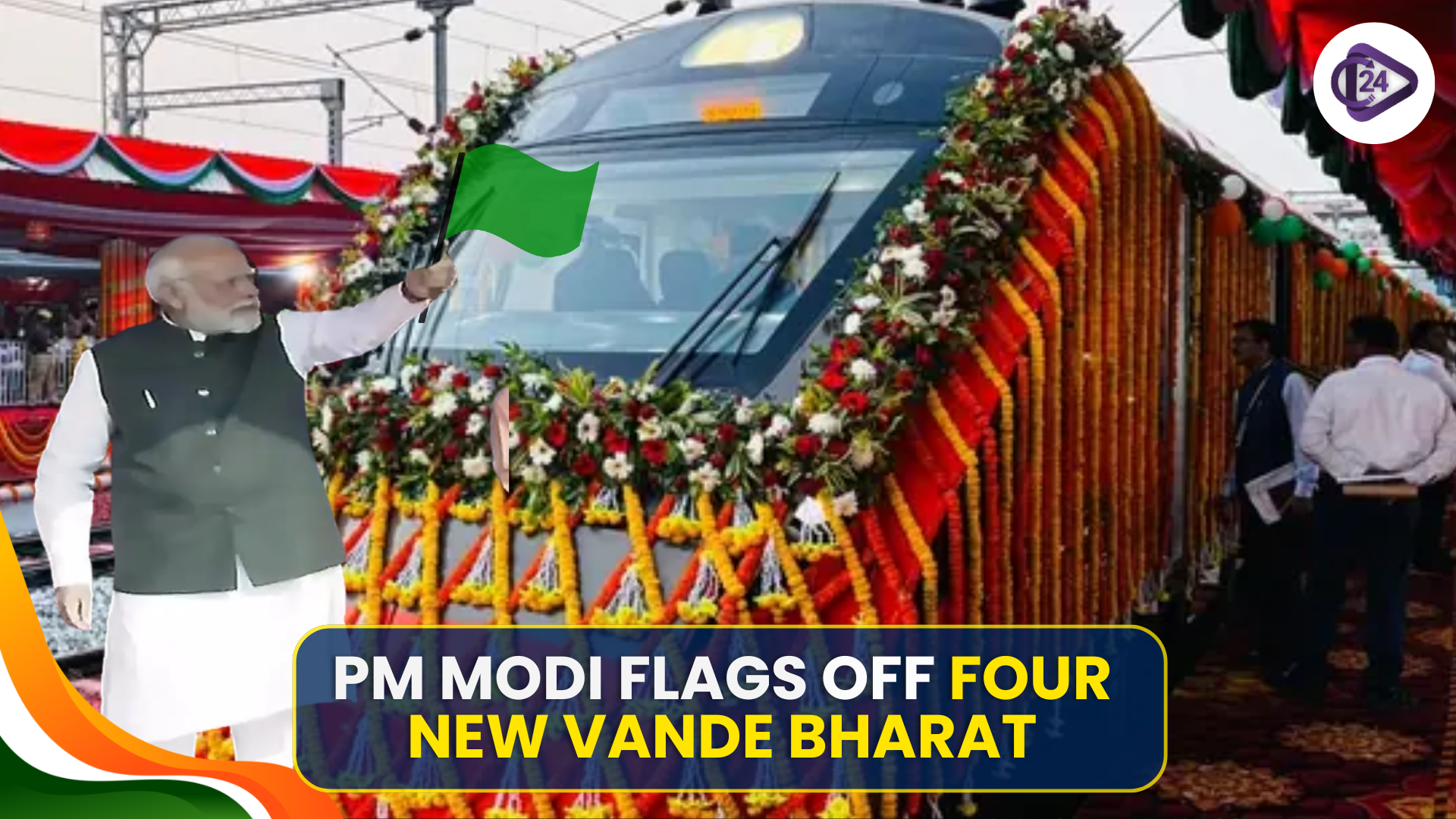
Prime Minister Narendra Modi inaugurated four new Vande Bharat Express trains at Varanasi, marking a significant step towards modernising India's railways. The newly added routes are Banaras-Khajuraho, Lucknow-Saharanpur, Firozpur-Delhi, and Ernakulam-Bengaluru. These high-speed trains are fully air-conditioned and designed to provide greater comfort, higher safety standards, and reduced travel time. The initiative reflects the government's vision to offer efficient, sustainable, and world-class transportation across India. This expansion has enabled the Vande Bharat network to grow, improve regional connectivity, boost tourism, and support the country’s progress in infrastructure development and railway technology.
Historical Significance of Vande Bharat Express
-
The Vande Bharat Express is the first indigenous semi-high-speed train in India, and this is a significant milestone of the Make in India programme.
-
Its maiden service, the first Vande Bharat Express, started operating on 15 February 2019 and operated between New Delhi and Varanasi.
-
It came up with self propelled train set design, where the locomotive was not needed, and acceleration was fast and more efficient in terms of energy.
-
The Integral Coach Factory (ICF), Chennai, developed the project, and India is well known in the world as a land of engineering and manufacturing quality.
-
Some of the milestones achieved are the decreased travel time, passenger comfort of global standards, and state-of-the-art safety systems that it possesses, thus becoming a symbol of transformation in the modern railway of India.
Conclusion
The introduction of four new Vande Bharat Express trains by Prime Minister Narendra Modi is a big milestone in the modernisation process of the Indian rail. These high-speed trains will be of great advanced speed, offering high connectivity to the regions, minimising travel time, and offering world-class passenger comfort. This initiative consolidates the efforts of India to innovate and have sustainable infrastructure and a transport future that is faster and more efficient.



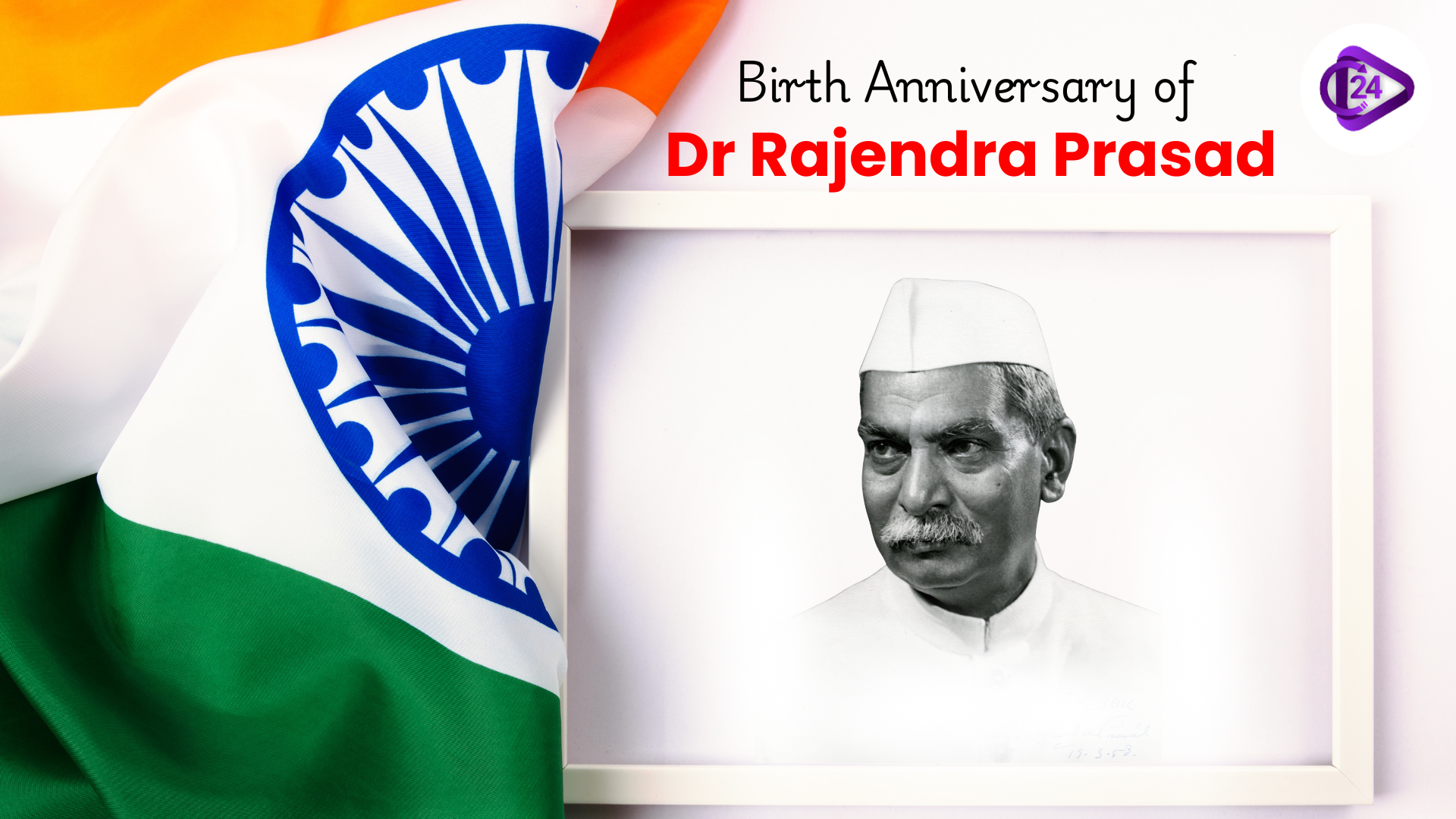 Birth Anniversary of Dr Rajendra Prasad
Birth Anniversary of Dr Rajendra Prasad Tessy Thomas Achieves Major Recognition With Dr Paulos Mar Gregorios Award 2025
Tessy Thomas Achieves Major Recognition With Dr Paulos Mar Gregorios Award 2025 Ramban Sulai Honey GI Tag: A Major Win for Traditional Beekeeping
Ramban Sulai Honey GI Tag: A Major Win for Traditional Beekeeping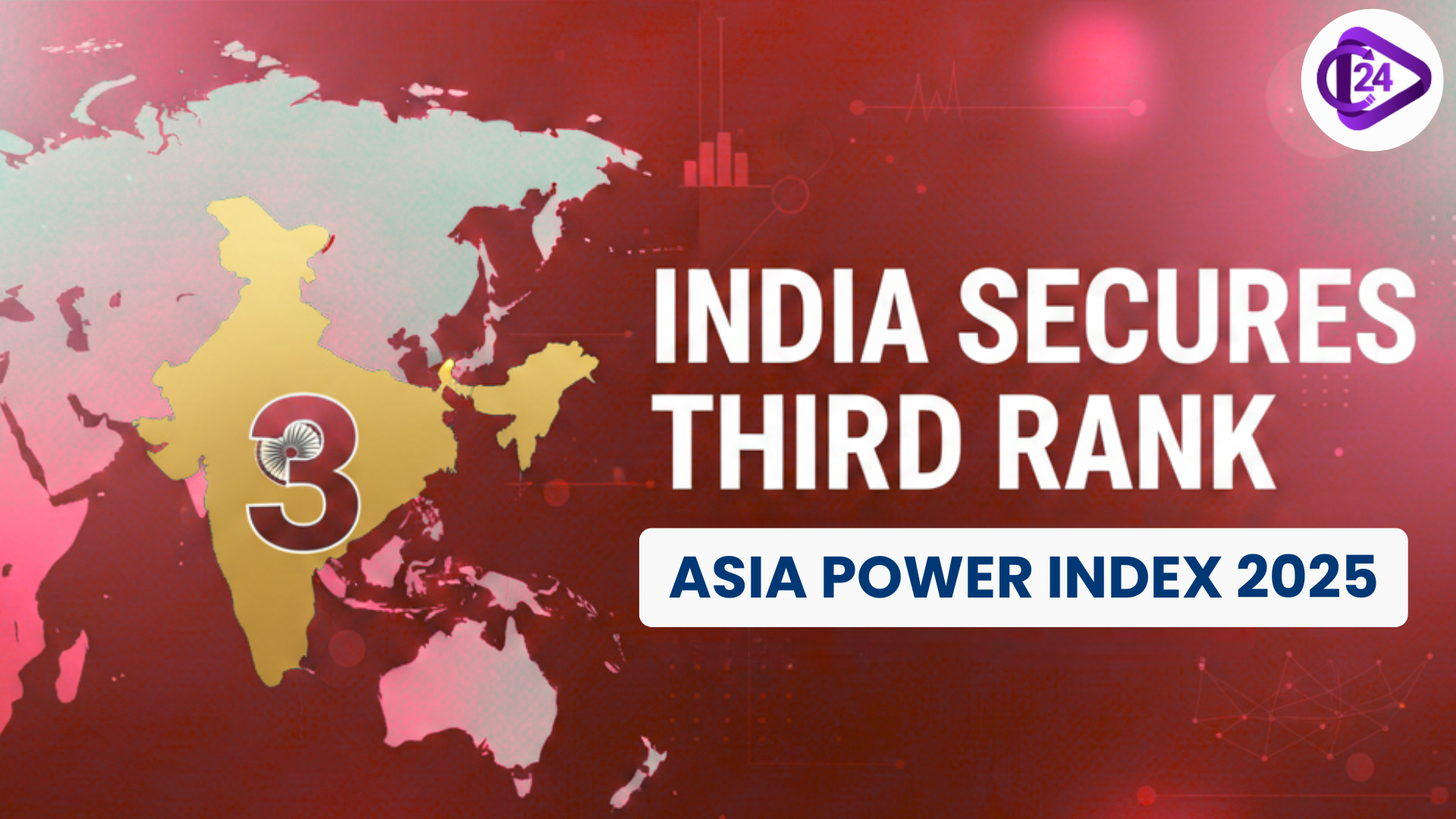 India Secures Third Rank in Asia Power Index 2025
India Secures Third Rank in Asia Power Index 2025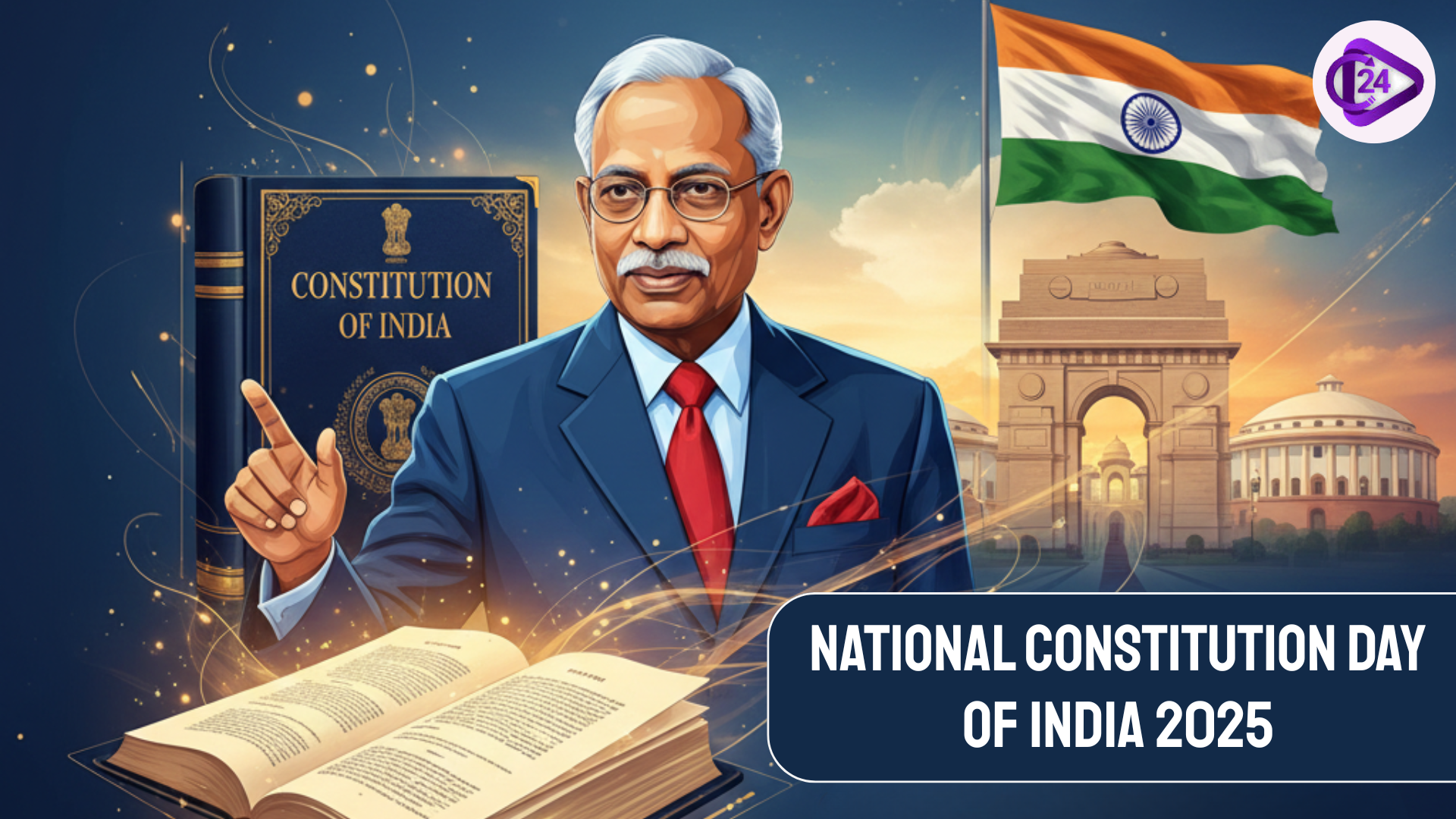 Constitution Day of India 2025: History, Meaning and Timeline Explained
Constitution Day of India 2025: History, Meaning and Timeline Explained India Launches ₹7,280 Crore Initiative to Develop Rare Earth Magnet Manufacturing
India Launches ₹7,280 Crore Initiative to Develop Rare Earth Magnet Manufacturing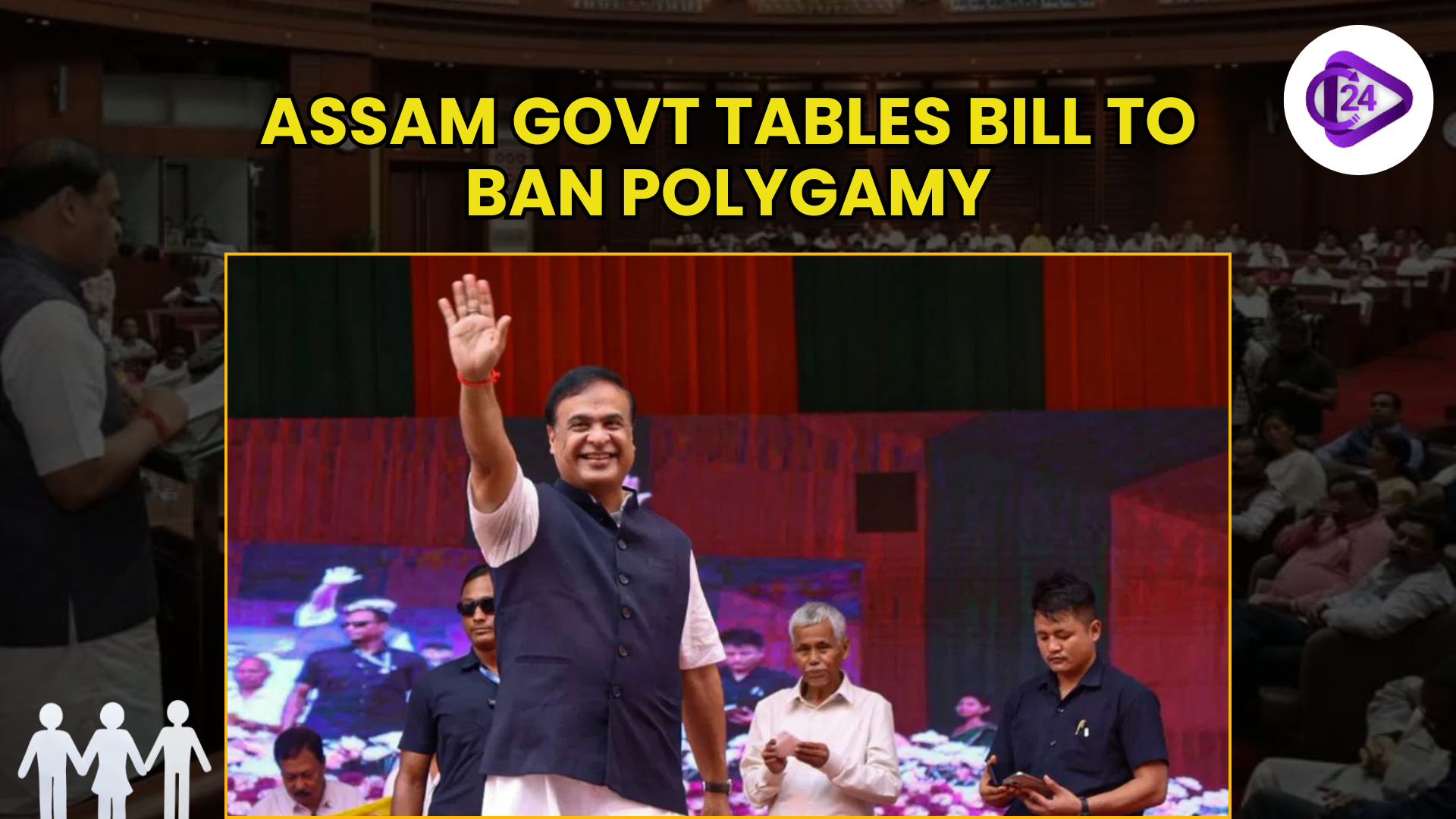 Assam Government Introduces Bill to Ban Polygamy with Strict Penalties
Assam Government Introduces Bill to Ban Polygamy with Strict Penalties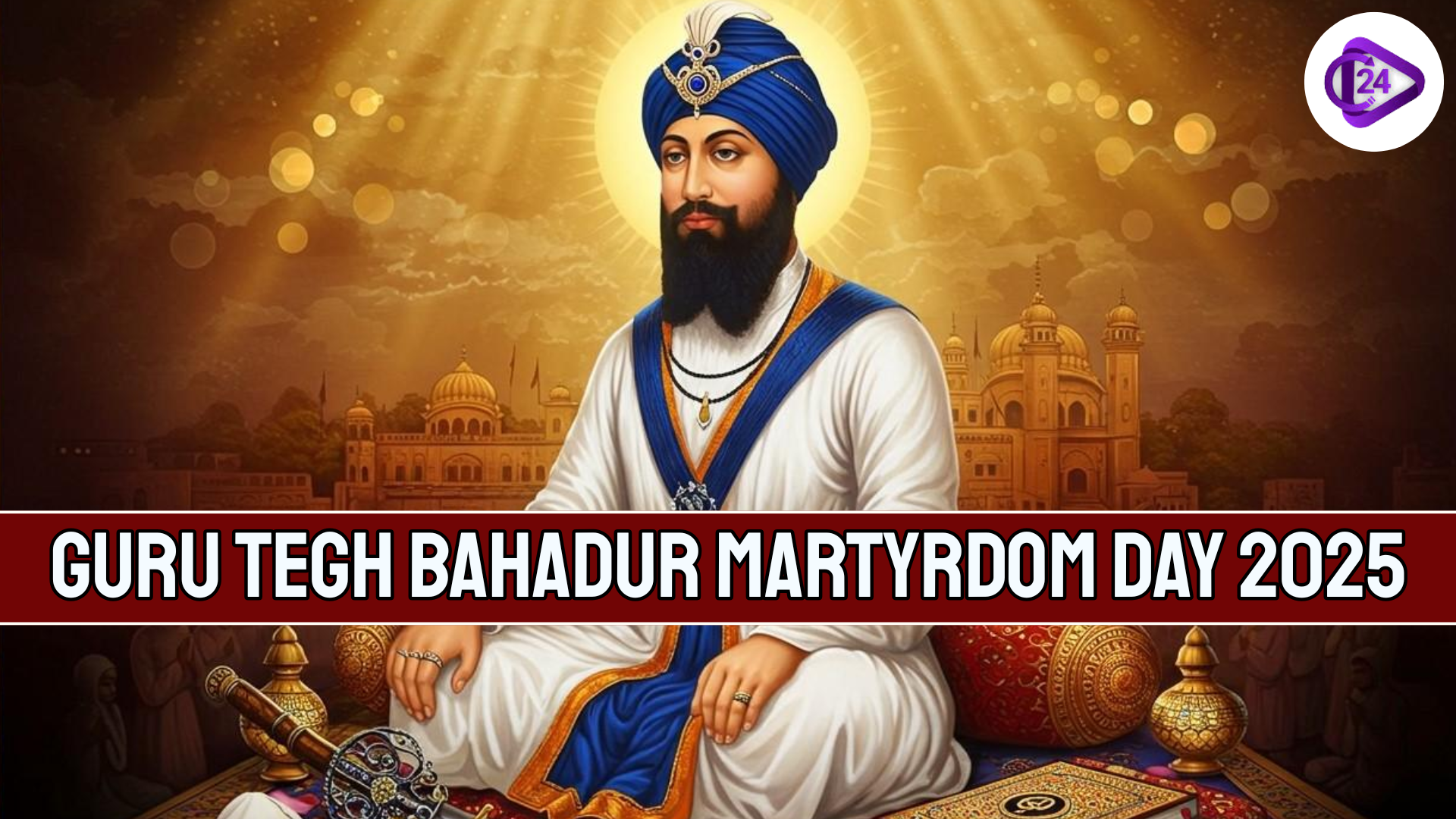 Guru Tegh Bahadur Martyrdom Day 2025 A Tribute to Courage and Spiritual Strength
Guru Tegh Bahadur Martyrdom Day 2025 A Tribute to Courage and Spiritual Strength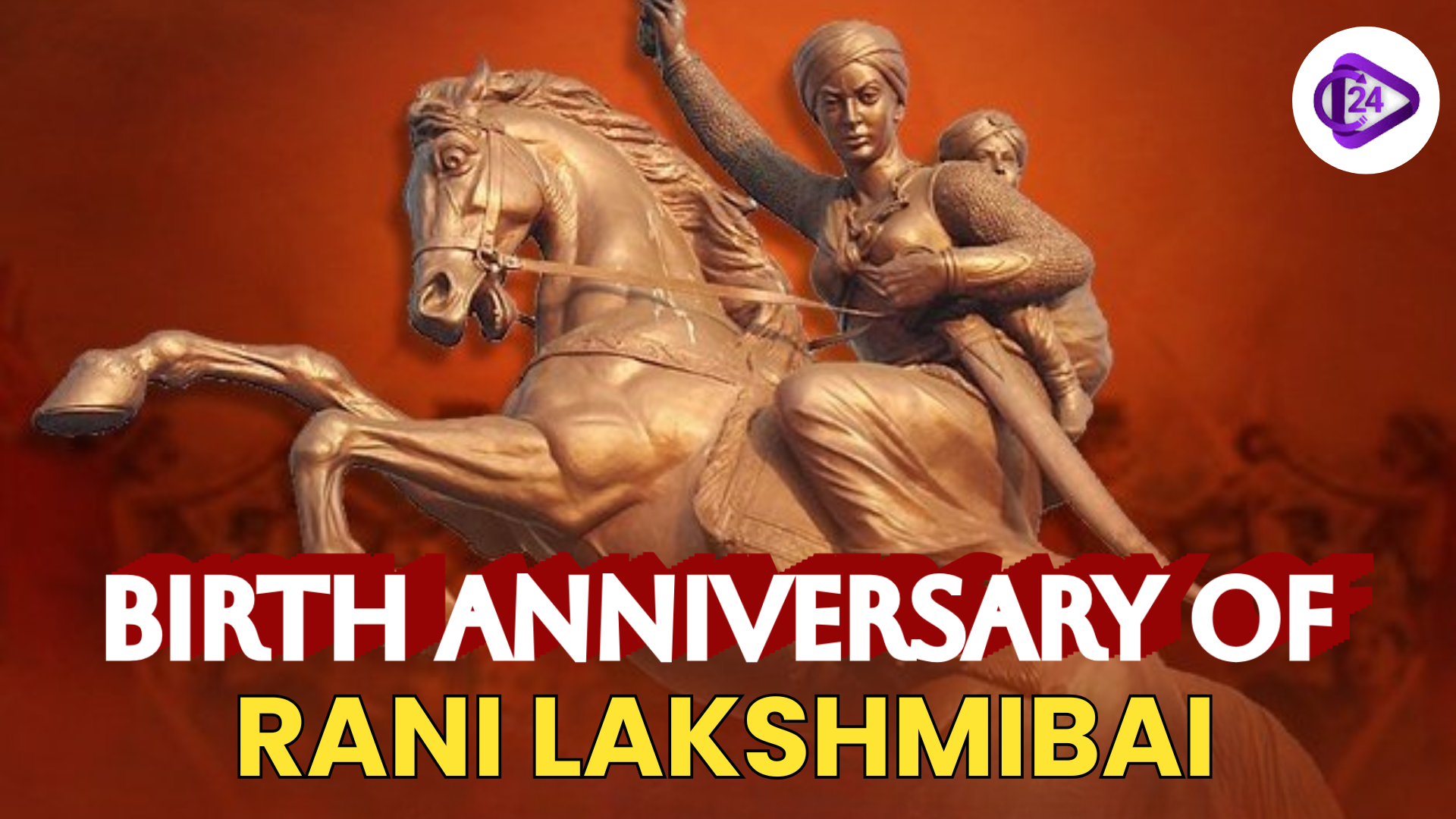 India Pays Tribute to the Birth Anniversary of Rani Lakshmibai
India Pays Tribute to the Birth Anniversary of Rani Lakshmibai Kinnaur’s Raulane Festival Celebrates Nature’s Mystical Guardians
Kinnaur’s Raulane Festival Celebrates Nature’s Mystical Guardians






